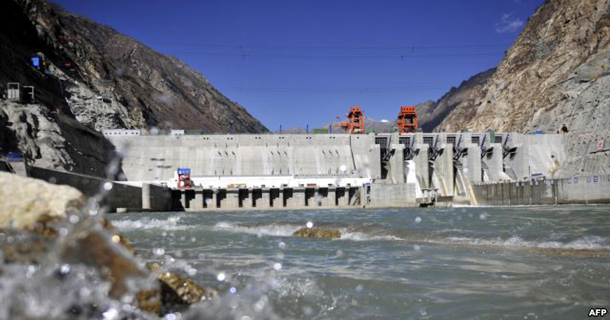China has completed the construction of the Zangmu Hydropower Plant on the Brahmaputra River, or Yarlung Tsangpo in Tibet, considered to be the world’s highest-altitude hydropower station and the largest of its kind in the region.
China Huaneng Group, China’s biggest power firm, will operate the plant which comprises six units and a combined capacity of 510 megawatts. It will supply 2.5 billion kilowatt-hours of power to the grid annually – a capacity enough to meet the needs of more than 600,000 residents based on Chinese per capita power use in 2014.

The picture shows Zangmu Hydropower Plant in Gyaca county in Lhoka, Tibet
Photo:voatibetanenglish.com
But the $1.52 billion(£985 million) project has raised concerns in India over the potential disruption of downstream water supplies. The 2,900-km Brahmaputra flows southeast from Tibet through the Himalayas into northeast India’s Arunachal Pradesh before entering Bangladesh and merging with the lower section of the Ganges, when it empties into the Bay of Bengal.
Dickyi Chhoyang, Minister of Information and International Relations in the Tibetan Government-in-Exile, suggesting to Phayul that as Tibet is the main river source in Asia, neighbouring countries should consider the implications of the building of such dams. She also raised concerns regarding the lack of investigation over its construction and legality, saying “We are carrying on with our…efforts to create awareness about the ongoing environmental destruction of the Tibetan Plateau.”
According to Chinese foreign ministry spokeswoman Hua Chunying, the two sides continue to communicate. She said, “China pays great attention to the issue of source water protection for downstream regions. Experts from both sides have also been in close contact. We are also willing to fully consider India’s relevant concerns and continue to stay in close contact with India about this.”
China is reportedly building additional dams. China seeks to ally Indian fears saying that they are the run-of-the-river projects, which are not designed to hold water.




 Print
Print Email
Email